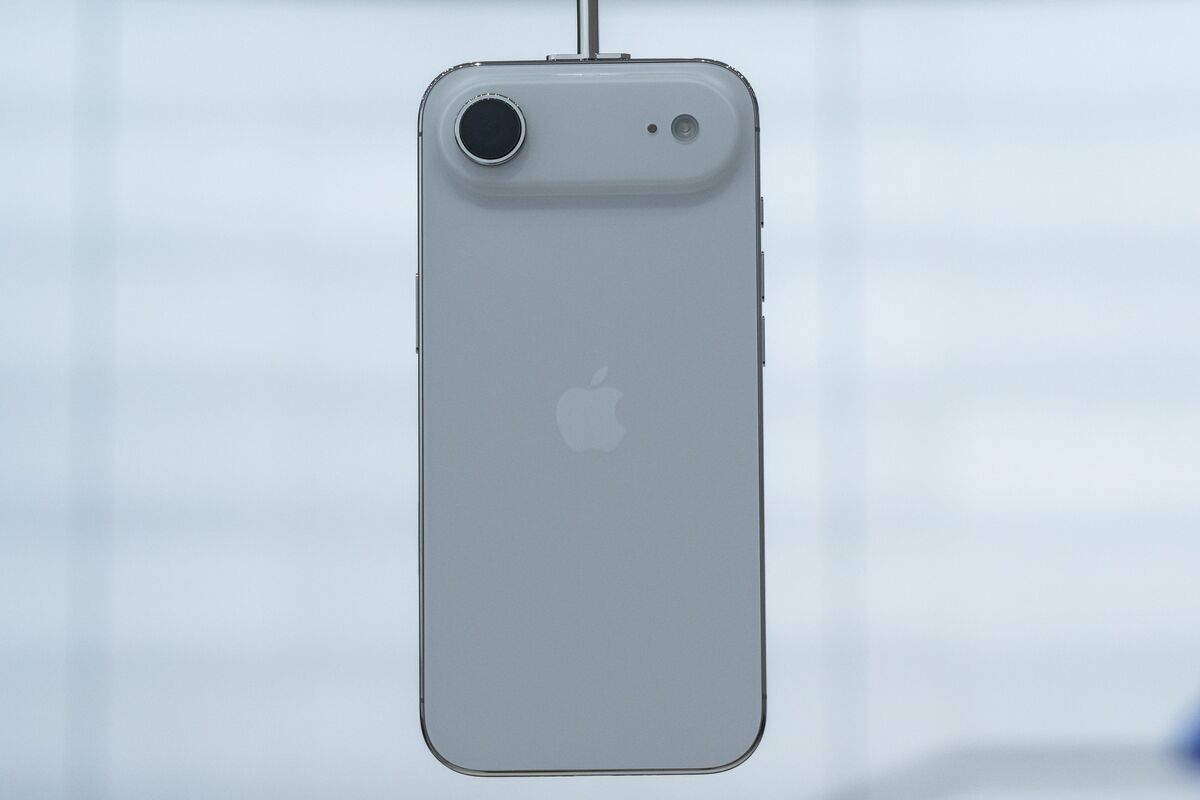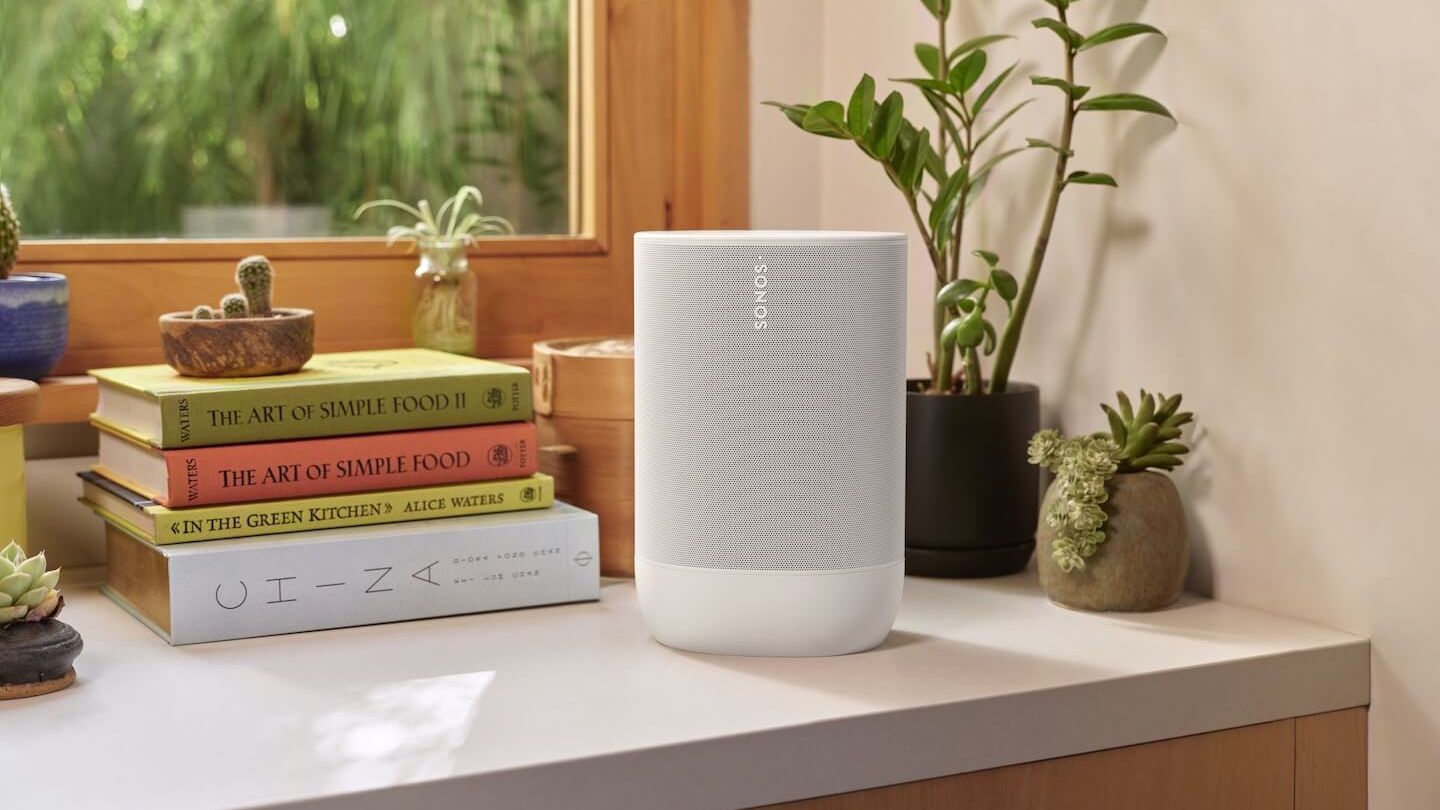Spotify DJ Unveils Text-Based Requests and Expands Language Options to Spanish
**Spotify Enhances AI DJ Features with Text Requests and Spanish Language Support**
In May, Spotify launched an interactive iteration of its AI-driven DJ, enabling users to request music in real-time. Initially limited to voice commands, the feature has now been upgraded to incorporate typed requests, along with other enhancements.
### New Features of the AI DJ
Spotify’s AI DJ interactivity was introduced as a beta feature, and the company has been collecting user feedback to improve the user experience. The latest updates feature:
– **Text Requests**: This was the top request from users on social platforms. Now, users can not only use voice commands but also type their music requests, providing greater convenience in busy, noisy, or quiet settings.
– **Spanish Language Support**: First rolled out in 2024 for Spanish-speaking audiences, DJ Livi can now handle both typed and spoken requests, ensuring it matches the functionality of the English-speaking DJ.
Furthermore, the AI DJ will suggest three personalized prompts, aiding users in finding songs and playlists tailored to their listening preferences while demonstrating the DJ’s capabilities.
For more information regarding these updates, check out Spotify’s official announcement.
Read More

